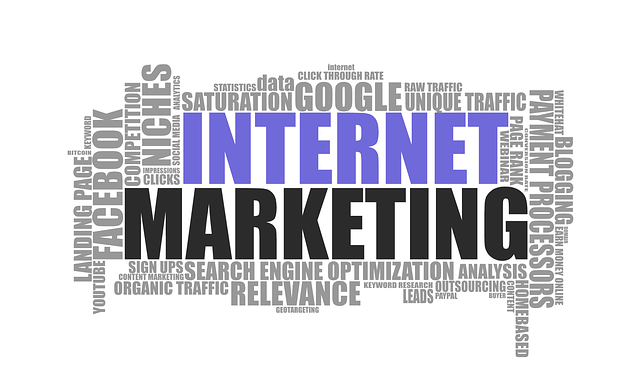In today's digital age, AI and computer vision technologies are revolutionizing the restaurant industry globally. AI multilingual chatbots streamline operations by offering personalized service, voice/text ordering, table recommendations, and handling administrative tasks like inventory tracking and demand prediction. Computer vision analyzes visual data to tailor menu offerings and enhance upselling opportunities, while breaking language barriers through NLP support attracts diverse international clientele, fostering inclusivity and improving the overall dining journey.
“Unleash the transformative power of AI and computer vision in revolutionizing the restaurant industry. From enhancing customer experiences through interactive visuals to streamlining kitchen operations, this technology is a game-changer.
Discover how AI-powered chatbots, capable of multilingual communication, can break language barriers and provide exceptional support. This article explores cutting-edge applications, showcasing how AI is reshaping dining experiences, improving efficiency, and fostering inclusivity in restaurants worldwide.”
- Enhancing Customer Experience: AI-Powered Visual Interaction in Restaurants
- Streamlining Operations: Computer Vision for Efficient Kitchen Management
- Multilingual Communication: Breaking Language Barriers with AI Chatbots
Enhancing Customer Experience: AI-Powered Visual Interaction in Restaurants

In today’s digital era, the restaurant industry is undergoing a significant transformation with the integration of artificial intelligence (AI) and computer vision technologies. One notable application is the enhancement of customer experience through AI-powered visual interaction. By leveraging AI multilingual chatbots, restaurants can offer personalized and efficient service to diverse clientele. These chatbots, equipped with natural language processing capabilities, enable diners to place orders, inquire about menu items, or even request table recommendations via voice or text, creating a more engaging and convenient dining experience.
Furthermore, computer vision applications allow restaurants to analyze customer preferences and behaviors by examining visual data from menus or social media posts. This insights-driven approach enables eateries to tailor their offerings, promoting upselling and cross-selling opportunities while catering to individual tastes. Thus, AI multilingual chatbot support for restaurants not only streamlines operations but also fosters stronger connections with customers, ultimately elevating the overall dining journey.
Streamlining Operations: Computer Vision for Efficient Kitchen Management

In today’s digital era, computer vision powered by artificial intelligence (AI) is revolutionizing kitchen management in restaurants worldwide. By integrating AI multilingual chatbot support, operations can be streamlined and optimized, enhancing overall efficiency. Chatbots equipped with computer vision capabilities can perform tasks such as automatically tracking inventory levels by analyzing storage areas, identifying expired products based on visual cues, and monitoring food preparation processes to ensure adherence to health and safety standards.
This technology enables kitchen staff to focus on cooking while the chatbots handle administrative duties. With real-time data analysis, these systems can predict demand, optimize ordering, and reduce waste. Furthermore, computer vision enhances customer experience through interactive interfaces, providing quick responses to inquiries about menu items, ingredients, and preparation methods—all in multiple languages, catering to a diverse clientele.
Multilingual Communication: Breaking Language Barriers with AI Chatbots

In today’s globalized landscape, breaking language barriers is crucial for businesses aiming to cater to a diverse customer base. This is especially true in sectors like hospitality, where restaurants looking to expand their reach must consider the challenges posed by multilingual communication. AI multilingual chatbots offer an innovative solution. By leveraging natural language processing (NLP), these chatbots can understand and respond to queries in multiple languages, providing instant support to customers from various linguistic backgrounds.
For restaurants, implementing AI chatbots with multilingual capabilities means enhanced customer experience and increased accessibility. From greeting guests in their native tongue to assisting them with menu choices or taking orders, these chatbots ensure that language is no longer a barrier to service. This not only fosters inclusivity but also has the potential to attract a wider international clientele, positioning restaurants as progressive and accommodating establishments in a competitive market.
AI business applications, such as computer vision and multilingual chatbots, are transforming various industries. In restaurants, these technologies enhance customer experiences through visual interaction and streamline kitchen management. Moreover, AI chatbots break language barriers, providing efficient multilingual communication support. By leveraging these innovative tools, businesses can significantly improve operations, cater to diverse customers, and create a more inclusive environment, ultimately driving success in today’s competitive market.
